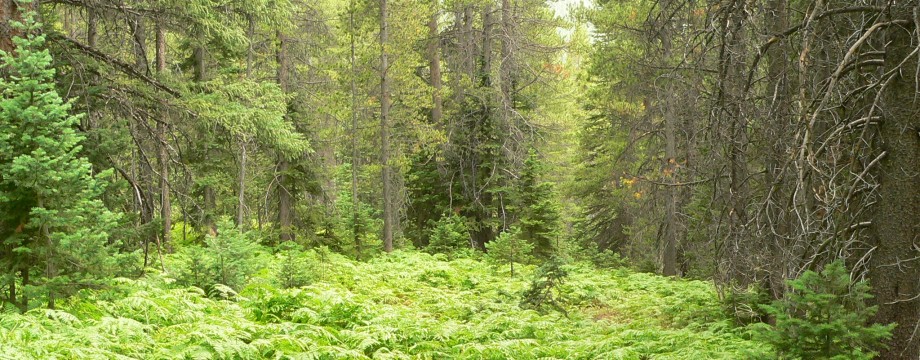The little town of Harper’s Ferry sits on a sharp point of land which witnesses the confluence of the Potomac and Shenandoah Rivers. It is a beautiful site. The hills all around are tall and lush so that the town is nestled in snuggling and safely.

Standing on the point of Harper’s Ferry you can see the Potomac and Shenandoah Rivers collide and join.
Historically, Harper’s Ferry is rich. George Washington decided to have a weapons factory built here. It was a smart choice. Wood and iron are prevalent in the area, water from the rivers provided power, and the proximity to Washington, D.C. was good. In addition, because of the rivers and nearby canals, transporting the weapons would be easy. A good plan that worked well.
In October of 1859, Harper’s Ferry became important for another reason. John Brown – an abolitionist who wanted to not only end slavery in the United States but also wanted Black Americans to have equal rights – staged his famous raid here. As part of our reading for this trip, I read Midnight Rising by Tony Horwitz. This is a really accessible book about John Brown’s life and legacy. Horwitz maintains that it was the raid on Harper’s Ferry that “sparked the Civil War”. I enjoyed the book and learned a great deal. It seems clear to me that Brown, who was a very religious man, planned Harper’s Ferry with the idea that he would be caught, and through his capture and trial would have the opportunity to use the emerging media to give voice to his cause.
The end result of the raid was a clear and immediate sense of fear spreading throughout the south. Brown’s capture, the media attention he got, and his hanging served to frighten the south into arming themselves and also into a paranoia/defensive stance that kept them from negotiating and talking.
I really enjoyed walking around Harper’s Ferry. The buildings there are original, so I was able to stand inside the firehouse where Brown was captured.
The ranger at Harper’s Ferry gave a presentation to our group about the area and its history. We participated in a choral reading about the events of the raid on Harper’s Ferry. While I don’t actually teach the Civil War in my fifth grade social studies/history curriculum, I am going to use this reading in my reading classes so that they get this cool information.
When we left Harper’s Ferry, we travelled to the site of the bloodiest battle of the Civil War, Antietam. The site of Chancellorsville was heavily wooded with no ability to see around us. While we were there I couldn’t imagine battles there – how did anyone know where anyone else was? Antietam is different. The visitor’s center in on high ground, where Lee’s men were positioned. The Ranger who was our guide took us out on that grassy height to explain the positioning of the armies and the battle plans of each. The open, rolling farm land all around was majestic and beautiful. It was a serene and peaceful place. Except…
Over 23,000 Americans died, were wounded or missing in the one day battle of Antietam. Both sides claimed victory, and Lincoln used the victory here as momentum for unveiling the Emancipation Proclamation.
23,000 people! Four times more than those who died at the D-day invasion of Normandy.
We travelled to several sites on the battlefield. I sat on a stone wall looking at a peaceful cornfield. The Ranger explained that the Union soldiers came out of that cornfield to face a line of Rebel soldiers just feet away. 8,000 men died at my feet there.

I’m sitting on a stone wall looking at the cornfield. The fence is where the Union soldiers became visible to the Confederate Army.
We moved to another site. This one was called Bloody Lane. 2,000 men died on this road in about three hours time.
23,000 is where I continue to get stuck. That’s half of the population of Cheyenne, Wyoming.





